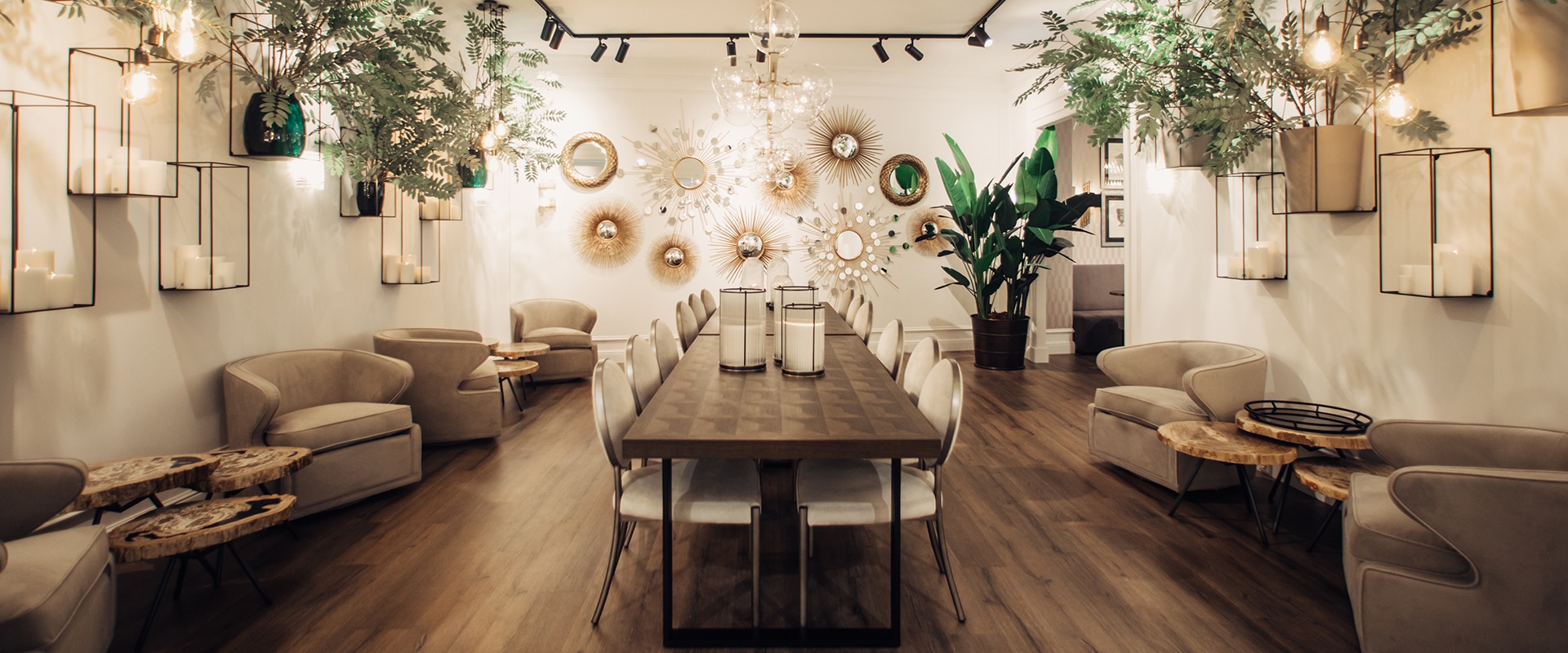In the terrific embroidered artwork of human life, scarcely any components are just about as omnipresent and persevering as furniture. From the rough wooden stools of old developments to the smooth, moderate plans of contemporary insides, furniture has been a vital piece of human existence, molding our surroundings and mirroring our social sensibilities.
A Verifiable Excursion
The historical backdrop of furniture is an interesting narrative of human inventiveness and craftsmanship. Antiquated Egyptians embellished their castles with fancy privileged positions and sumptuous love seats, while the Greeks created exquisite klismos seats that encapsulated amicability and extent. In the Medieval times, European skilled workers idealized the specialty of carpentry, making elaborate tables and chests decorated with mind boggling carvings.
The Renaissance time frame saw a resurgence of old style themes, with furniture turning into a material for imaginative articulation. Elaborate trims, overlaid embellishments, and rich upholstery changed basic pieces into objets d’art fit for sovereignty. The Florid and Lavish periods embraced plushness and excess, with furniture turning out to be more garish and dramatic.
The Modern Unrest achieved an upheaval in furniture creation, with mass assembling procedures making furniture more open to the majority. Innovator developments of the twentieth hundred years, like Bauhaus and Workmanship Deco, embraced straightforwardness, usefulness, and creative materials, making ready for the smooth, moderate plans that characterize contemporary furnishings.
Structure Meets Capability
At its center, furniture fills a viable need – to give solace, backing, and utility. However, it is likewise a type of imaginative articulation, epitomizing social, social, and tasteful qualities. The best furniture consistently mixes structure and capability, wedding ergonomic plan with stylish allure.
Take, for example, the notorious Eames Parlor Seat, a magnum opus of mid-century present day plan. Planned by Charles and Beam Eames in 1956, this immortal exemplary joins lavish cowhide upholstery with formed pressed wood and finished aluminum, making an amicable mix of solace and polish.
Also, the Scandinavian plan ethos focuses on straightforwardness, usefulness, and normal materials. Pieces like the Wegner Wishbone Seat or the Jacobsen Egg Seat embody this stylish, with clean lines, natural shapes, and careful craftsmanship.
An Impression of Personality
Past its utilitarian capability, furniture assumes Eichholtz a significant part in forming our own and aggregate personalities. The furniture we decide for our homes mirrors our preferences, values, and ways of life. Whether it’s a comfortable easy chair by the chimney or a smooth, measured couch in a cutting edge space, our furniture says a lot about what our identity is and the way that we decide to live.
Besides, furniture has the ability to bring out feelings and recollections, filling in as a storehouse of shared encounters. The feasting table where families accumulate for dinners, the recliner where grandparents recount stories, the bed where dreams are conceived – each piece conveys with it a feeling of history and having a place.
Manageability and Development
As we explore the difficulties of the 21st hundred years, maintainability has turned into an undeniably significant thought in furniture plan. Eco-cognizant shoppers are searching out mindfully obtained materials, moral creation rehearses, and sturdy, enduring plans. From recovered wood furniture to upcycled modern pieces, creators are tracking down imaginative ways of limiting waste and diminish natural effect.
Moreover, mechanical progressions are changing the manner in which we configuration, fabricate, and connect with furniture. 3D printing, expanded reality, and shrewd materials are opening up additional opportunities for customization, personalization, and client experience. From adjustable measured furniture frameworks to intelligent, IoT-empowered plans, the fate of furniture is restricted exclusively by our creative mind.
End
In the fantastic embroidery of human life, furniture possesses a focal spot, filling in as both a utilitarian need and a type of creative articulation. From antiquated developments to present day cities, furniture has advanced close by human culture, mirroring our qualities, goals, and social outlook.
As we set out on the excursion ahead, let us value the ageless appeal of furniture – the quiet observer to our lives, the exemplification of our fantasies, and the foundation of our homes.